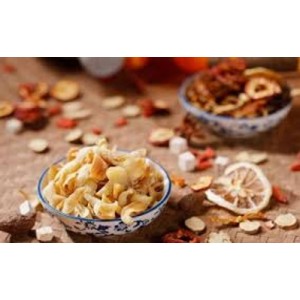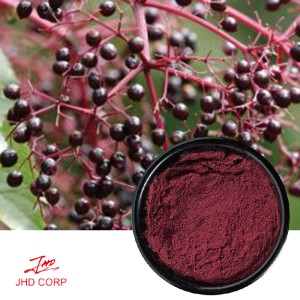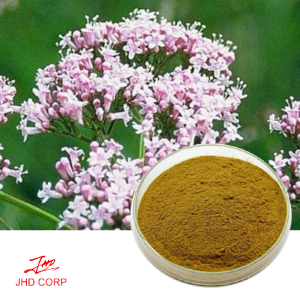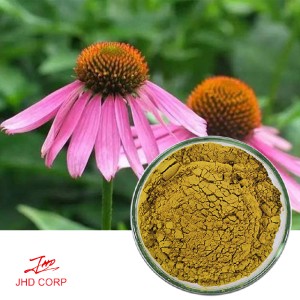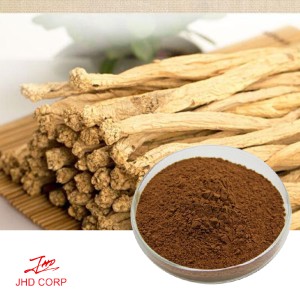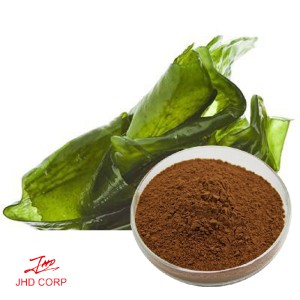Application of natural Chinese herbal medicines and plant extracts in cosmetics
With the rapid development of the world economy, people have put forward higher and higher requirements for the quality and performance of cosmetics. Cosmetic cosmetics based on Chinese herbal medicine are more and more favored by the majority of consumers.
my country has a vast land and abundant resources and is very rich in plant resources. Compared with chemical synthetic products, Chinese herbal medicine has much less side effects on the human body, so its safety is higher. The natural active ingredients contained in it are widely used in modern cosmetics and play various roles, such as whitening and freckle removal, anti-aging and anti-wrinkle, anti-acne, hair growth and black hair, sun protection, moisturizing, anti-dandruff and anti-itching, weight loss and body beauty, etc. Wait. Nowadays, there are many kinds of cosmetics in China, and traditional Chinese medicine cosmetics and skin care products also have high popularity and brand effect. Scientific researchers have carried out a lot of research on the active ingredients in Chinese herbal medicine, their separation and extraction, and their pharmacological mechanisms.
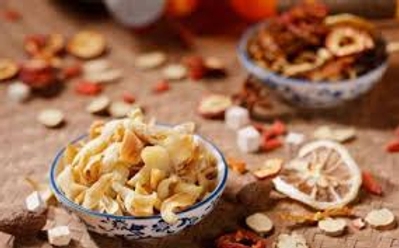
This article starts from the function of Chinese herbal medicine in cosmetics, classifies it, and summarizes its efficacy and application in cosmetics, laying a foundation for the further development and application of Chinese herbal medicine in the field of cosmetics.
1 Whitening and freckle removal
Oriental women have always advocated fair skin. Although Europeans and Americans do not pursue whitening, they are fond of removing all kinds of stains. The factors that determine skin color are pigments such as melanin, melanoid, and lutein, as well as epidermal thickness, subcutaneous blood vessels, and light scattering. And melanin is a key factor in determining skin color. When melanin increases, the skin changes from light brown to black. The production mechanism of melanin: tyrosine in the body is oxidized by tyrosinase to become dopa, and then oxidized to dopaquinone by tyrosine oxidase, and then oxidized to 5,6-diazepine, and finally polymerized into melanin .
At present, natural whitening agents derived from traditional Chinese medicine mainly achieve the effect of whitening and freckle removal by promoting blood circulation to improve skin color, reducing melanin content and directly whitening, antioxidant protection of skin color and inhibiting the proliferation of melanocytes. Chinese herbal medicines commonly used in whitening and freckle-removing cosmetics mainly include the following:
(1) The active ingredients in Angelica Radix, Atractylodes Rhizoma, Rhizoma Atractylodes, and White Aconite have the effect of promoting blood circulation and can be used as additives for whitening facial masks;
(2) Cordyceps sinensis has the effect of effectively improving human facial skin wrinkles;
(3) Aloe vera contains a lot of aloin, vitamins B2, B6, B12 and various amino acids, and its cosmetic effect is good;
(4) Tea polyphenols contained in tea have the effect of inhibiting tyrosinase activity;
(5) Baicalin in Scutellaria baicalensis also has the effect of inhibiting tyrosinase activity;
(6) The active ingredient in sea buckthorn has the effect of treating chloasma;
(7) The pomegranate polyphenols and anthocyanins contained in pomegranate are good tyrosinase inhibitors and can be used in whitening skin creams;
(8) Ganoderma lucidum extract can be made into Ganoderma lucidum cream, which has the effect of whitening and anti-wrinkle;
(9) Wax melon seed extract has a strong inhibitory effect on melanocyte and tyrosinase activity, which can reduce the production of melanin;
(10) The nutrients contained in pearls can promote the metabolism of skin cells, inhibit the growth of lipofuscin, enhance the vitality and elasticity of skin cells, and keep the skin soft and white.
2 Anti-aging and anti-wrinkle
Skin aging is a complex and progressive transformation process, which is mainly divided into two forms: natural aging and photoaging. Natural aging is an endogenous procedural process, determined by internal factors in the body, mainly the influence of genetic factors, it occurs with age, is irresistible, and is characterized by fine wrinkles, loose skin, dryness and roughness . Photoaging is a change in the structure and function of the skin caused by repeated exposure to the sun's ultraviolet rays over a long period of time. It is the result of both natural aging and UV radiation. It presents with loss of skin elasticity, deep wrinkles, and a leathery appearance with hyperpigmentation.
At present, the research on the mechanism of skin aging has made great progress, among which the more representative ones are the free radical theory of skin aging, the theory of gene regulation, and the theory of matrix metalloproteinase aging.
(1) The main point of the free radical theory is that the main cause of skin aging is the increase of free radicals generated in the metabolic process. Excessive free radicals will accumulate in the body and attack cell membranes, mitochondrial membranes, and unsaturated fatty acids in the membranes. Reaction to form lipid peroxidation, and lipid peroxidation is decomposed to produce aldehydes, such as malondialdehyde, which attack phospholipids and proteins to form lipofuscin and accumulate in cells, which is a sign of cell aging.
(2) The theory of gene regulation holds that the average and maximum lifespan of an organism is constant and determined by a series of genes that cause and delay aging. With the increase of age, the loss of modifier genes, the reduction of DNA methylation, the shortening of telomeres, the decline of DNA self-repair ability, the abnormal regulation of proto-oncogenes and tumor suppressor genes lead to chromosomal mutations and excessive differentiation of normal cells, resulting in aging.
(3) The aging theory of matrix metalloproteinases believes that matrix metalloproteinases (MMPs) are a family of endopeptidases whose biological activity depends on zinc ions and has the ability to degrade extracellular matrix. Its main role is to degrade collagen and elastin in the dermis. The increased secretion of MMP can increase the degradation of intracellular collagen, resulting in the loss of collagen in the skin, loose skin, decreased elasticity, increased and deepened fine lines, and the skin shows signs of aging. Exogenous environmental factors (ultraviolet radiation, smoking, wind, sun exposure, and exposure to harmful chemicals) can also cause changes in the composition of the dermis of the skin. Among them, ultraviolet radiation is the main factor that causes skin aging.
At present, the role of Chinese herbal medicine in anti-aging cosmetics mainly includes the following aspects:
(1) Enhance the proliferation and metabolism of cells, and promote the synthesis of collagen and elastin;
(2) scavenging free radicals and anti-oxidation;
(3) Moisturizing and repairing the skin barrier;
(4) Absorb ultraviolet rays or shield ultraviolet rays.
The most commonly used Chinese herbal medicines are as follows:
(1) The ginsenosides contained in ginseng have significant cell growth activity and can be used as an epidermal growth factor, and at the same time, it is antioxidant by activating the activity of oxidoreductase in the human body, which can prevent skin aging;
(2) Pueraria root extract puerarin can delay skin aging and reduce fine lines;
(3) Grape seed extract contains proanthocyanidins, which is a new type of high-efficiency antioxidant. Its antioxidant activity is 50 times that of vitamin E and 20 times that of vitamin C. It can effectively remove excess free radicals in the human body and has the ability to delay aging. and enhance immunity;
(4) Tea polyphenols, which are extracted from tea leaves, can inhibit the peroxidation of skin lipids, scavenge free radicals, and can enter human cells to clear or reduce secondary pigmentation, chloasma, age spots, wrinkles, etc. The role of skin aging;
(5) Flavonoids in Ginkgo biloba extract
Such substances also have anti-aging and promote the role of human microcirculation;
(6) Salvia miltiorrhiza extract has a good promoting effect on collagen proliferation, can enhance the metabolism of the dermis of the skin, and has antioxidant properties, which can be used in revitalizing anti-wrinkle cosmetics.


